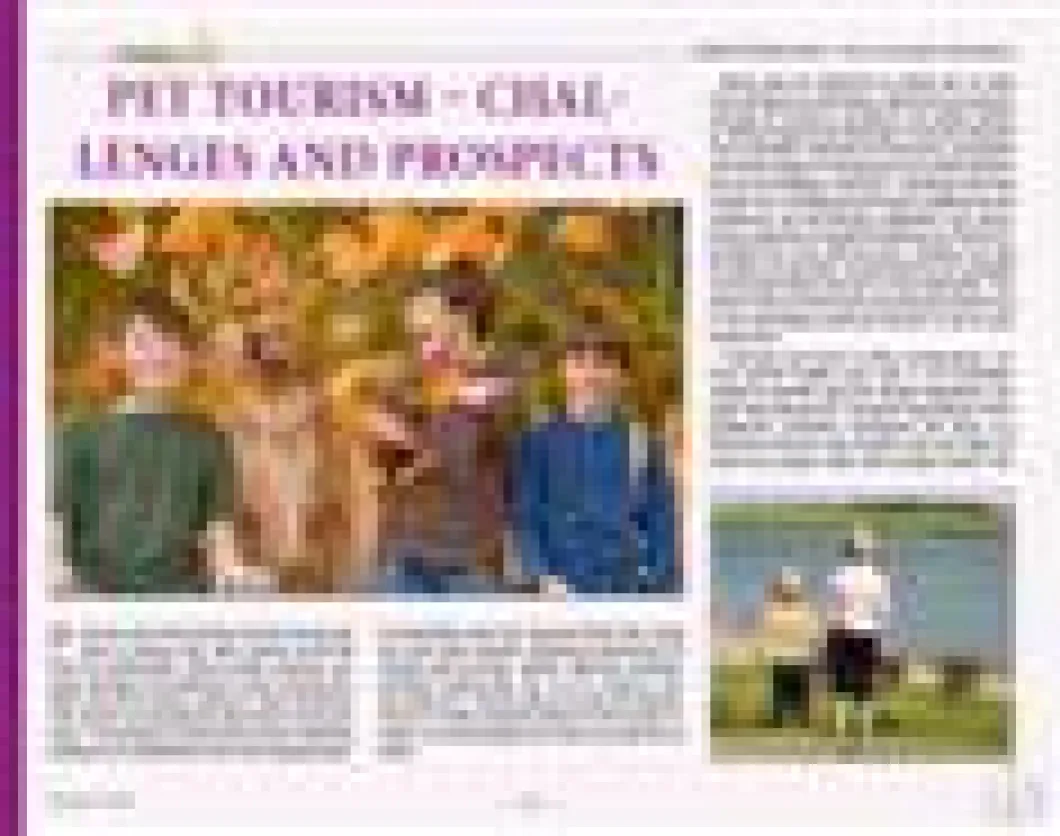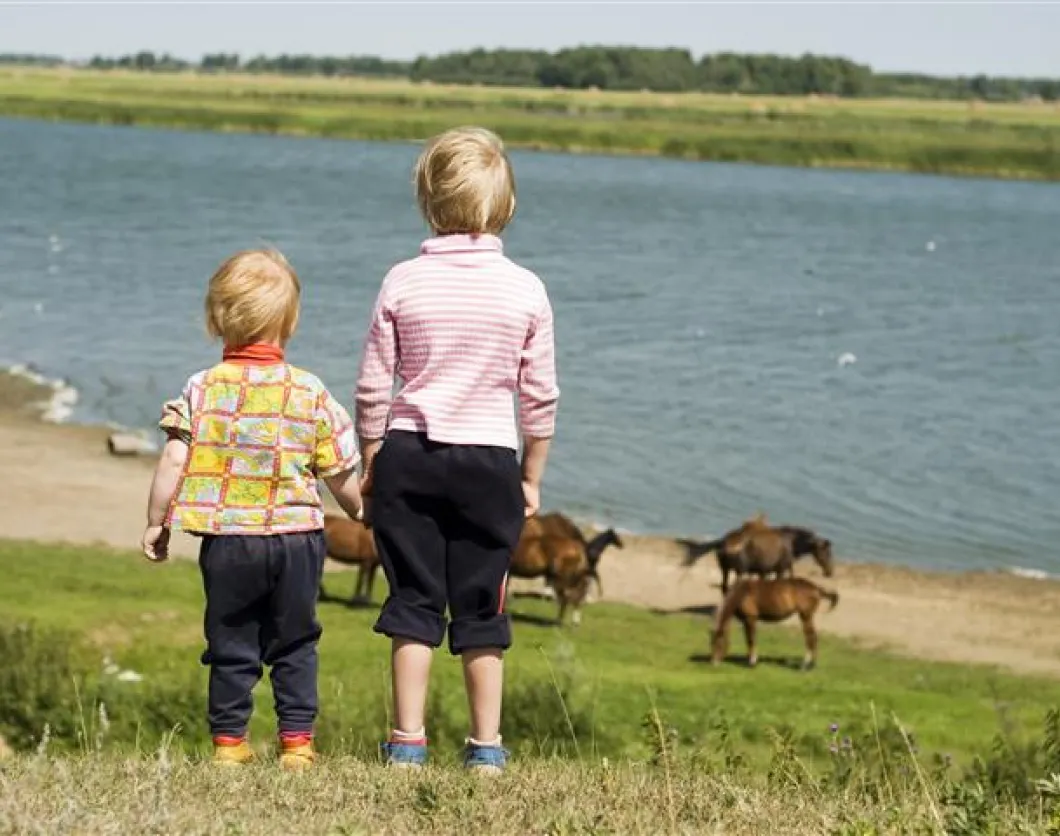Pets are part of the family and the human-pet bond is strong with each partner enriching from the relationship. Pets provide company, security, pleasure and affection to their owners who often carry their picture, believe in their sensitivity, ‘talk’ to them and sometimes allow them in the bedroom. The presence of pets during short visits/long holidays is an established norm and ongoing popular fascination since the Second World War. Dogs and cats make popular holidaying companions to smaller pets as birds, rabbits, squirrels, tortoises, hamsters, tropical fish, etc. In U.K., around 2 million dogs and 1 million pets go on annual holidays. Hence, it makes business sense for the tourism industry to accommodate and make the pets feel at home.
Many pets are debarred in hotels due to risks from allergies and diseases, disturbance to guests, damage to furniture, sanitation and safety issues or allowed against pet fee/night or security deposit. Tour promotion materials as brochures, pamphlets and travel pages in newspapers carry little information on pet holidays. However, “Travelling with Pets Guide” and “Holidaying with Dogs” targeted for pet audiences list pet-friendly properties and sometimes regionally accessible facilities (as PetFriendlyHotels.com and petravel.com). Despite the age of global connectivity, comprehensive pet websites are almost limited and lack in vital information.Research data on pet tourism is practically absent and in the developing world pet tourism is yet to gain momentum.
Overseas pet travel is often cumbersome. Airlines permit healthy pets with a vet certificate, subject to specific age and weight regulations. Despite International Air Transport Association (IATA) guidelines, individual companies set rules; e.g. American Airlines only accepts cats and dogs (in cabin and cargo), Delta also accepts ferrets, rabbits, hamsters and guinea pigs while Southwest does not accept any. As regards cruises, only the Queen Mary II allows pets on longer voyages besides a few other European ferry liners and smaller local services which are rather pet friendly. On railways, the Amtrak (U.S.A.) does not allow pets other than service animals. Dogs are allowed in France, Germany and Italy (unlike Spain, Norway and Finland) if co-passengers do not complain or put in a travelling container, made to wear a muzzle and a leash. No pets are permitted on the Eurostar. Most coaches prohibit pets and even animal taxi services prefer ‘lap dogs’. Pets to U.K. under the Pet Travel Scheme require being ISO microchipped, vaccinated against rabies and blood tested. Quarantine periods are mandatory for pets from countries with high incidence of rabies. Translations of travel documents and customs formalities are also essential from non-EU to EU nations.
Despite these limitations, the pet care industry seems booming business availed by a multiplying healthier, ‘cashed up’ senior population. Diverse pet services as hydro bath, professional grooming, in-house training, etc., are available. Luxury resorts as the Las Ventanas al Paraiso in Mexico offer special programmes with thoughtfully designed feline and canine menus, special diets served on pet ware and even pet massages. Many posh hotels offer dog suites with artificial fur covers, TV, ceiling fan and light, soothing music and also complementary playtime sessions. Pet weddings, exclusive dog holidays, advice on dog walking services are all reality.
Presently, up-scale hotels, self-catering properties, country cottages, farm houses, caravan parks and B&B’s are becoming more pet friendly – a clear indication of changing business practices. Likewise, VisitBritian's Pet Welcome Scheme has outlined strategies to make pet stay more comfortable. There are more dog friendly beaches now and many parks, castles and museums allow leashed pets on supervision.
Nonetheless, a myopic vision of pets as only dogs and cats exists to this day. It is always advisable to check if your exotic pet – Lester the lizard or Bingo the Burmese python is welcome too; more so in face of changing hotel policies.
In the ongoing economic downturn the importance of the pet industry as one of the fastest growing sectors in reaping rich dividends cannot be overlooked and needs to be tapped effectively for carving out a distinct niche for pet tourism. After all, it cannot be denied that the future of tourism is four legs, not two.
By Ilika Chakravarty Ph.D
Academy of Business Management, Tourism and Research, Bangalore, India
27, Hazeltree Croft Acocks Green B27 7XS Birmingham West Midlands UK










